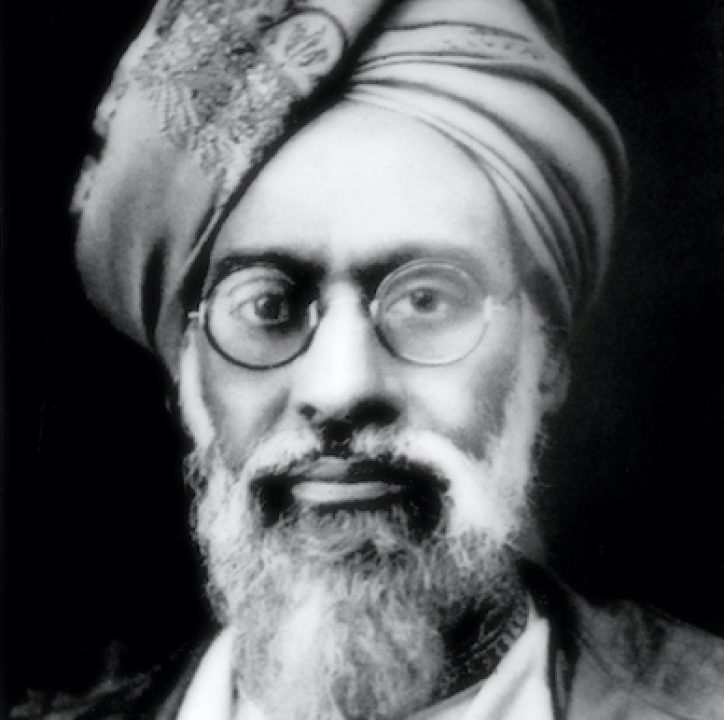
© Shutterstock
Location: Illinois, USA
Era: 1,000 CE
In the mostly flat American state of Illinois, a large man-made mound rises to a height of 30 metres. The mound belongs to Native American tribes and there with a further 200 smaller mounds around Cahokia.[1] The people were intrigued by nature and the skies above them, and began building mounds to reach closer to their Creator.
The Mississippi Valley first came to prominence with the Hopewell culture that emerged around 300 BCE. Although indigenous tribes had been on the continent since the 11th century BCE, the Hopewell left behind burial mounds and pottery, showing signs of development.[2] The Mississippian culture took root in Illinois around 800 CE with the introduction of large-scale maize farming that would have resulted in people, who had previously roamed the land as hunters, settling around Cahokia. Within 200 years, many people from surrounding areas had settled there.
The mounds were controlled by shaman (medicine men from the Chippewa word medewiwin) who acted as spiritual guides for their communities. They were responsible for healing, the tribe’s spiritual activity and the preservation of their oral traditions (now recorded as myths). Among these indigenous tribes, sometimes they would use drums and spiritual dances to try to get closer to the spirits of the ‘other world’,[3] just as Sufis would do much later.
The position of the mounds was not random, but aligned to celestial events related to the greatest extent of the sun across the seasons. Another feature nearby is five Woodhenges, each consisting of a series of wooden poles in a circular shape aligned to astronomical phenomena such as solstices and equinoxes, as the rising and setting points of the sun varied through the year. These acted as calendars for the communities.
The Shaman would have been able to use their knowledge to guide their communities on the timings of planting and harvesting of crops. The largest central mound would have had a temple at the top, visible from across the city.
By 1200 CE, Cahokia was larger than most European cities of the time covering 16 square kilometres. It had a population of around 20,000 people, several mound temples, a huge central plaza and the whole central complex surrounded by walls. The ‘city’ was a major ceremonial religious complex that is thought to have attracted pilgrims from 500 miles away. New evidence based on LIDAR scans has shown that another religious site 25 km away known as the Emerald Mound, was linked to Cahokia by a large, 50 metres wide road.[4] If anything, Emerald Mound may have been of greater spiritual significance, aligned to celestial events and possibly linked to lunar cycles including an 18.6-year cycle when the moon reaches its’ maximum position on the horizon.
The curiosity that these people had for the heavens and the desire to build mounds to reach closer to their Creator shows a religious development, and although there is no written record, it is possible that they were inspired by a prophet. There is the burial site of a high-status person from the mid 10th century CE who would have been revered by later generations.[5]
In the century that followed, Cahokia was gradually abandoned by the population. The reason for the collapse is not clear, but it appears that it suffered severe flooding, and it is also possible that restrictions on food supply and issues with sanitation and hygiene may have led to the exodus. The mounds still hold a religious significance for indigenous tribes in the USA.
ENDNOTES
[1] Timothy Pauketat, Susan Alt, “The Foundations of Ancient American Indian Religion and Civilization at Cahokia’s Emerald Shrine,” John Templeton Foundation, August, 2017. Accessed: 04 January 2023. https://www.templeton.org/grant/the-foundations-of-ancient-american-indian-religion-and-civilization-at-cahokias-emerald-shrine
[2] Marcus Hattstein, Lost Civilizations (New York, USA: Parragon Books, (2010), 240.
[3] Ibid, 242.
[4] Timothy Pauketat, Susan Alt, “The Foundations of Ancient American Indian Religion and Civilization at Cahokia’s Emerald Shrine,” John Templeton Foundation, August, 2017. Accessed: 04 January 2023. https://www.templeton.org/grant/the-foundations-of-ancient-american-indian-religion-and-civilization-at-cahokias-emerald-shrine
[5] Peter Nabokov, Where the Lightning Strikes – the lives of American Indian Sacred Places (New York, USA: Viking, 2006), 43.
Other References:
- “Cahokia Mounds”, Accessed: 02 January 2023. https://cahokiamounds.org




Add Comment